101 Project Ideas
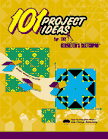 101 Project Ideas for The Geometer's Sketchpad is a booklet from McGraw-Hill Education that's full of exciting project ideas for use in the classroom or at home. The projects are for users with varying degrees of Sketchpad experience and cover a wide range of subject areas (art/animation, triangles, real-world modeling, calculus, transformations and tessellations, trigonometry, fractals, and many more). It's available as a free download (PDF).
101 Project Ideas for The Geometer's Sketchpad is a booklet from McGraw-Hill Education that's full of exciting project ideas for use in the classroom or at home. The projects are for users with varying degrees of Sketchpad experience and cover a wide range of subject areas (art/animation, triangles, real-world modeling, calculus, transformations and tessellations, trigonometry, fractals, and many more). It's available as a free download (PDF).
16 Example Projects
Click links in the project sections below to download example "solution sketches" to sample projects chosen from 101 Project Ideas for The Geometer's Sketchpad. These sketches are designed for both Macintosh and Windows compatibility. Alternately, you can access all these 16 projects in this single Sketchpad document.
|
|
|
Project 12Create a sketch that shows the graph of a general cubic function and the graphs of its first and second derivatives. Sliders should control the parameters for the original function, and as they are dragged all three graphs should change accordingly. Download: 12Derivatives.gsp |
Project 15Construct a circle and an inscribed angle. Measure the angle and the arc it intercepts. Animate the vertex of the inscribed angle to demonstrate that every inscribed angle that intercepts this arc has the same measure. Download: 15InscribedAngle.gsp |
|
Project 33Make a sketch that graphs a parabola in standard form y = ax² + bx + c, where a, b, and c are controlled by sliders. Project 34 The vertex of the parabola y = ax² + bx + c traces another curve when b is allowed to vary (and a and c remain constant). Create a sketch that traces this curve. What is the equation of this function in terms of a, b, and c from the original parabola? Download: 33_34Parabola.gsp |
|
Project 51Construct a quadrilateral so that the only property it must have is that its diagonals are the same length as each other. What special kinds of quadrilateral could this shape be? Download: 51EqualDiags.gsp |
Project 57In 1956, the famous philosopher Ludwig Wittgenstein proposed a thought experiment that can be paraphrased as follows:
Model this situation in Sketchpad, and then investigate how your results depend on the size of the circular track, the length of the rod, and the location of the pivot point. Download: 57Wittgenstein.gsp |
|
|
Project 78Demonstrate two different ways to tile the plane with copies of any arbitrary triangle. Download: 78TriangularTilings.gsp |
Project 90Create a sketch that demonstrates why it is that Side-Side-Angle (SSA) is not a congruence postulate. Download: 90SSA.gsp |
Project 101Create an animation that traces out a sine wave. Download: 101SineTracer.gsp |
Download All 16 SamplesYou may also download all sixteen of the sample projects at once as a single Sketchpad document for both Windows and Macintosh platforms. Download: 101ProjectExamples.gsp |
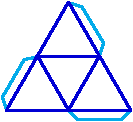 Project 4
Project 4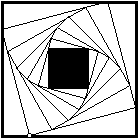 Project 7
Project 7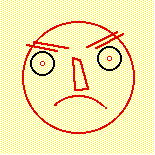 Project 9
Project 9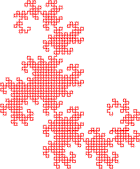 Project 26
Project 26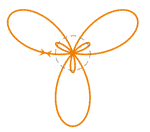 Project 36
Project 36 Project 64
Project 64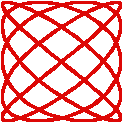 Project 73
Project 73